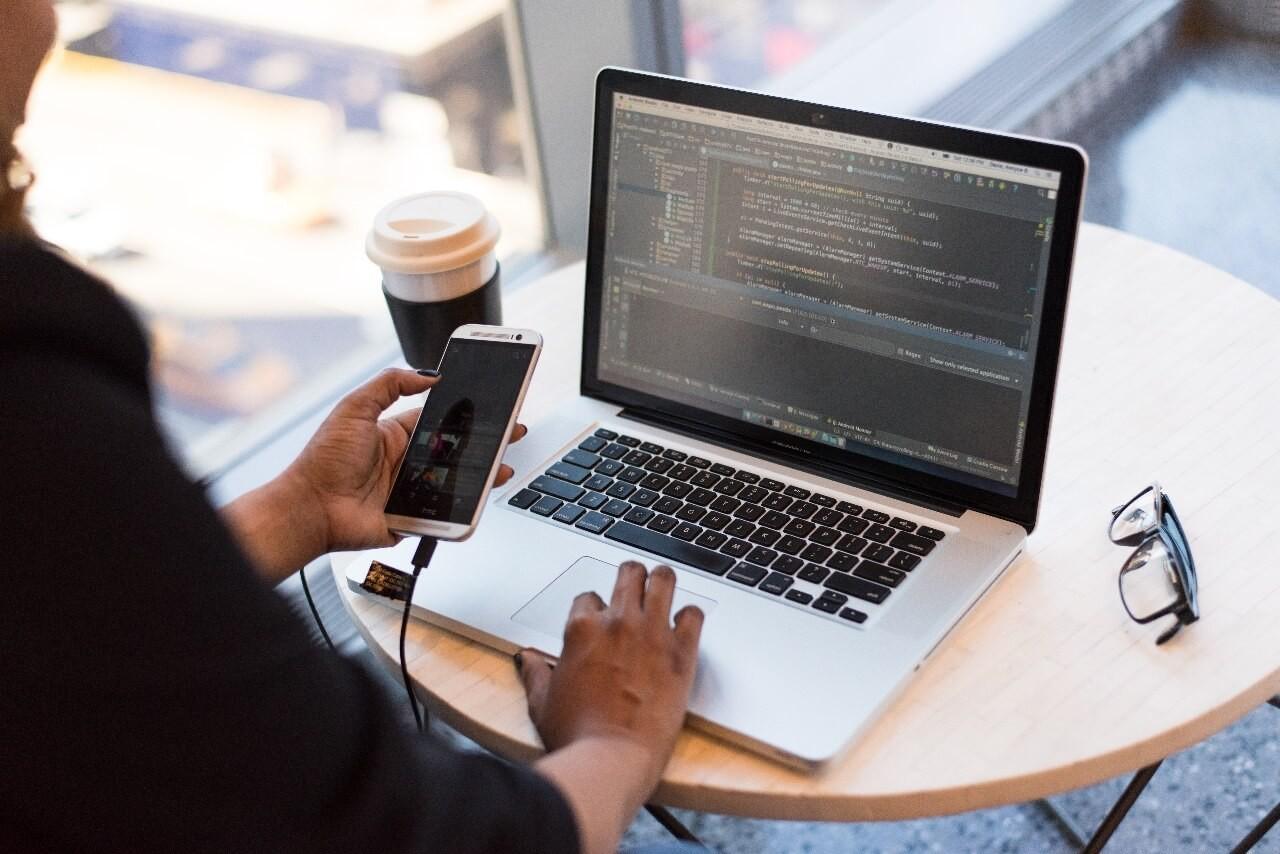Introduction: Android has emerged as a dominating force in the app industry, revolutionizing the way we interact with our smartphones. With its ever-evolving nature, Android development constantly surprises us with new possibilities and innovations.
The Latest Innovations in Android Development
Introduction to Kotlin: The new standard for Android app development
Kotlin, the programming language built specifically for Android development, has taken the industry by storm. It offers numerous benefits over Java, such as enhanced code readability, null safety, and streamlined syntax. Developers are quickly adopting Kotlin due to its productivity and seamless integration with existing Java codebases.
Embracing Flutter for Cross-Platform Development
Flutter, a cross-platform development framework developed by Google, has gained popularity for its ability to create stunning apps for multiple platforms with a single codebase. Flutter's use of Dart, a modern and reactive programming language, enables developers to build beautiful and performant user interfaces.
Machine Learning Integration in Android Apps
Android apps can now harness the power of machine learning (ML) to provide intelligent and personalized experiences to users. TensorFlow Lite, a lightweight ML framework, is widely used to integrate ML models into Android apps. By leveraging ML algorithms, apps can make smart predictions, analyze data, and enhance overall user experience.
User-Centric Application Design
Understanding Material Design: Consistency and intuitiveness
Material Design, a design language developed by Google, emphasizes consistency, responsiveness, and intuitive interactions. By following its principles, developers can create visually appealing and user-friendly apps. Material Design provides a comprehensive set of design components, like buttons, cards, and typography, that can be easily utilized to craft captivating user experiences.
Microinteractions: A subtle revolution in user engagement
Microinteractions, such as subtle animations, transitions, and feedback, have a significant impact on user satisfaction. These small yet meaningful interactions enhance user engagement and make apps feel more intuitive. By implementing microinteractions effectively, developers can create delightful moments that keep users coming back for more.
Implementing Dark Mode: Aesthetics and usability combined
Dark Mode is gaining popularity among users for its sleek and visually pleasing appearance. Android apps can implement Dark Mode to offer a stylish alternative to the traditional light mode. Dark Mode not only enhances aesthetics but also improves usability, especially in low-light environments. It's essential for developers to understand how to implement Dark Mode effectively to offer a seamless transition between modes.




